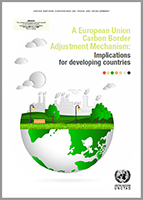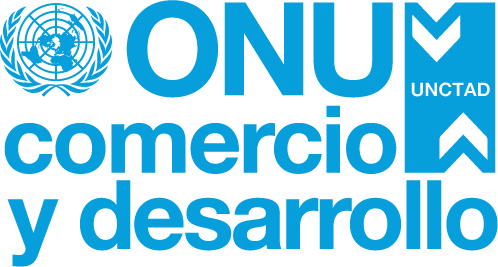
As part of a plan to decarbonize its economy by 2050, the European Union is considering the introduction of a carbon border adjustment mechanism (CBAM), to reduce the risk of carbon leakage and to level the field for European industries working towards decarbonization of their production processes.
Using a general equilibrium model, this study looks at the potential effects of a CBAM on international trade, carbon dioxide (CO2) emissions, income and employment, with a special focus on developing and vulnerable countries.
The study confirms that the introduction of carbon pricing coupled with a CBAM helps reduce CO2 emissions, inside and outside the European Union. International trade patterns change in favour of countries where production is relatively carbon efficient. However, the reduction represents only a small percentage of global CO2 emissions.
The introduction of a CBAM results in declines in exports in developing countries in favour of developed countries, which tend to have less carbon intensive production processes.
Potentially, the European Union could consider CBAM flanking policies, including the use of revenue generated by the CBAM, to accelerate the diffusion and uptake of cleaner production technologies to developing country producers.
This could be beneficial both in terms of greening the economy and fostering a more inclusive trading system.


